Southern Travels
I explored Shymkent, Kazakhstan's 3rd largest city, with an emphasis on the country's past
Good morning again New York. I must’ve gotten into the habit of writing these mid-afternoon Almaty time and now with *only* a 9-hour time difference, it makes communicating with friends and family back home that much easier. Last weekend Hadley, Steven, and I took a quick trip to Shymkent and Turkestan in the South of the country.
As the snow begins to melt away, though we did have a snowstorm this week, more parts of the country become accessible and attractive for travel. Shymkent, Kazakhstan’s third largest city, and Turkestan, an ancient trading post along the Silk Road, have been on my mind since my arrival. Just a quick 11-hour train ride away from Almaty, Shymkent is a really lovely small city. Well, to me it feels small at least. I did not expect to feel that much of a difference in terms of the overall “vibe” between Almaty and Shymkent, but it has a more Uzbek feeling to it than Almaty does. And it makes sense, it is very close to the Uzbek border and many people there are ethnically Uzbek, speaking Uzbek with their families and friends. A lot of my students come from Shymkent so I had been eager to see where they hail from.
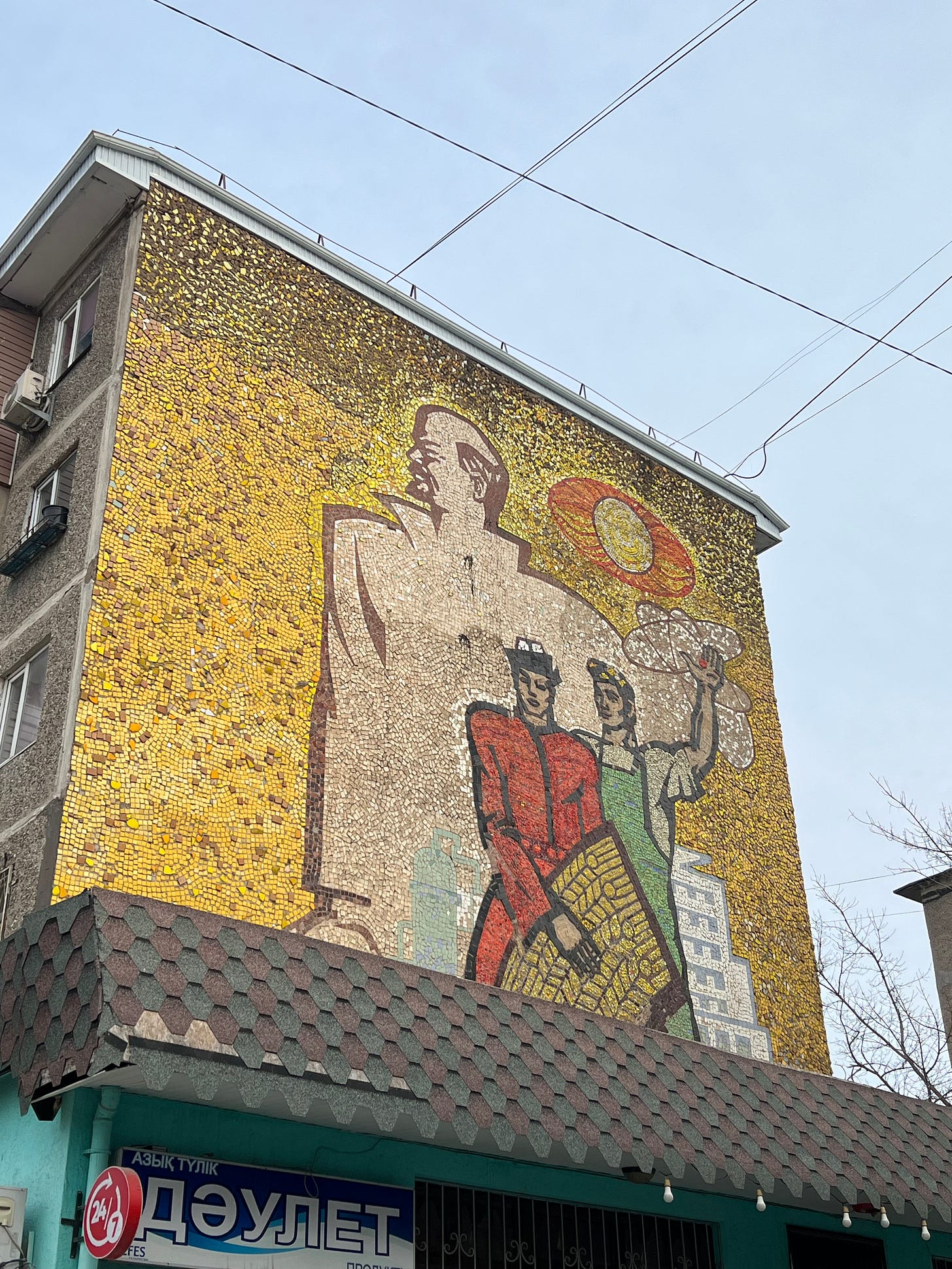
If you know me, you know I’m a sucker for the dilapidated relics of the communist past. I had done my reading and found the abandoned House of Culture in Shymkent as one of my main priorities during my time in KZ. Houses of Culture, built in the Soviet time, served as entertainment venues, propaganda and education centers, and recreational facilities during the USSR. They were built in most major cities with over 150,000 constructed in the day. Unfortunately, after the fall of the Soviet Union in ‘91, most of these palaces were raided for materials, marred, and, ultimately, forgotten. The one in Shymkent, however, has been closed off to “visitors” for the past many years. Inside, I saw pictures of some epic stained glass in the main meeting area and knew I had to get my fix.
Upon arriving in Shymkent around 9 am, Hadley and I walked from the train station to the location of the House of Culture. Immediately, we were greeted with a 6-foot-high metal fence surrounding the compound and an unassuming security guard patrolling the interior. Now, I wasn’t going to travel all this way only to let a little fence stop me. I found a little area where I could squeeze myself in to enter the concrete masterpiece. Unfortunately, the security guard saw me and told me to piss off. Not one to be dissuaded from a challenge, I scanned the perimeter to see if there was another opening. Nope, the melting snow of spring had made crawling underneath the fence a messy proposal and I wasn’t about to ruin my only pair of pants and sweater I’d brought with me. Thankfully, I saw at the end of the fence a rock wall with grooves I could grab onto for grip. I hoisted myself over, using the wooden slats on the back of the fence for my feet to meet, and lowered myself into the compound.
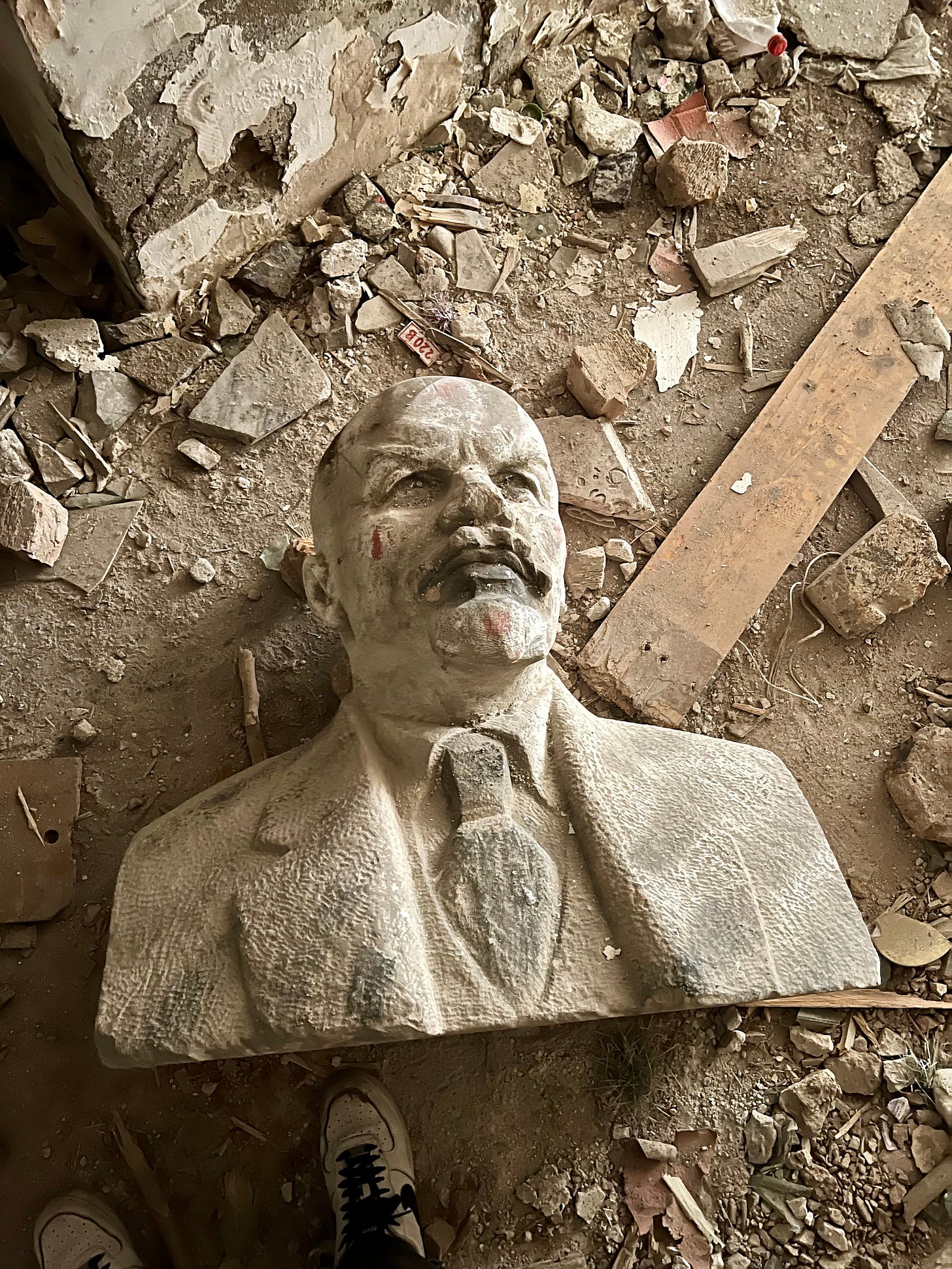
Now, I am not necessarily condoning my behavior, but how could you deny entry to such a marvel of the past to a guy like me? The compound consists of two large buildings. The first one is a sanitorium that houses an abandoned basketball court-like hall. I scurred my way over, trying to avoid detection, and let out an audible gasp when I saw the sheer size of what had been left to rot. I felt like I had entered Pripyat, Ukraine (a city that housed the workers of Chornobyl). I snapped some pics and knew I needed to get into the hall with the stained glass.
As I was creeping around the compound I heard a voice targeted at me, “Hey! You! What are you doing here?” “I’m looking for the stained glass!” “No one is allowed in.” In the middle of a moment like this, I knew I had one option that was likely to work. “How about 2,000 tenge? ($5)” “Okay, meet me up here.” If only everything was that easy. The man told me how to get up into the main building and asked where I was from. I told him I was from the States and he exclaimed, “If a foreigner gets hurt in here I am f**ked!” I told him not to worry as this wasn’t my first rodeo with crumbling abandoned communist structures and he told me that no one could see me in here. I handed him my phone for the money transfer and he added an extra $2 to his “service fee.” Worth it regardless.
Wandering around a massive, decrepit, Soviet masterpiece is a dream of sorts. Sure, I’d prefer to see it at its peak, but seeing it like this was like stepping into a time machine. The stained glass and crumbling murals on the wall, the massive bust of Lenin lying on the ground, and the water pouring in from every nook and cranny are all part of the fun. I took my time to examine my surroundings, take pictures, and get out of there unnoticed. This was the highlight of my trip down South.
Following this adventure, we took a taxi to a town called “Sawran” to see some ancient mausoleums and poke around. A small but happening little town, it proved to be a good detour. We arrived at our hostel, got some dinner, and called it a day.
The next day we boarded a train at 08:20 headed 4 hours to Turkestan. The main appeal to visit Turkestan is the Mausoleum of Khoja Ahmed Yasawi, it also happens to be a UNESCO World Heritage Site. Commissioned in 1389 by Timur, the ruler of the land at the time, it was a precursor to the structures that are well-known in Samarkand, Uzbekistan. It is one of the largest and best-preserved structures from the Timurid period today.
Besides the massive mausoleum, truthfully, there isn’t all too much to do in Turkestan. Steven rode a camel around the mausoleum compound for 1,000 tenge ($2) and we marveled at the reconstruction of the surrounding area to make it look like a trading post from the period.
Across the street from the mausoleum is a new shopping center built in the style of a trading post from Timur’s time. The government has invested some $200 million into this project to attract visitors, and money, from neighboring cities and countries. I found it a bit odd to see a Magnum (grocery store chain) store in the style of a Silk Road trading stand next to a Dodo Pizza and CoffeeBoom in the same style, but so it be. It felt a bit like the Venetian in Vegas to be honest. There is a little man-made river that runs through the promenade where you can commission a boat ride in warmer weather. Circling the shopping center, we wandered a little longer, got some dinner, and went to our hostel, which doubles as a store, for the night.
The next day we woke up, walked 90 minutes to the train station (exhausting), boarded our train, and arrived in Shymkent 3,5 hours later. Unfortunately for me, I must’ve caught something and was feeling quite miserable at the time. I let Hadley and Steven wander around the city while I sat at a cafe to rest and have some caffeine (thinking it was just a migraine). That night we flew back from Shymkent to Almaty on what is perhaps one of the worst-named airlines in existence: SCAT Air. Standing for “Special Cargo Air Transport,” SCAT is a low-cost airline that flies within KZ and to surrounding countries. It is perfectly safe, but I can’t get over the fact that there is an airline essentially called “poopy air.” Regardless, we made it back to ALA safe and sound, caught a taxi home, and passed out. It was a lot of transportation for a 3-day trip.
This past week has been good. Teaching my classes is rewarding every lesson and my students and I have good conversations and exchanges. They are really sweet and I just remind myself that even if I don’t think my lesson is going to be the *most engaging* it’s okay to go off-script with the students a bit to rein them back into the conversation. For example, this past Friday I was meant to hold a discussion/debate for my B2 level (upper-intermediate) students as part of their grade for the semester. From the list of topics I provided, they selected “Should the government ban single-use plastic.” Honestly, the conversation was more enjoyable for me than I originally thought. After hearing their opinions, I started to probe a little further. I asked what they would think of a “Zero-waste” store, where everything is presented in a large bin and you use tongs/big spoons to place items into paper or reusable bags and they seemed keen on the idea. But I brought up how it may work for things like pasta, laundry detergent powder, or sugar, what if you wanted a Coke? Would we still use plastic bottles for this? It was nice to hear my students’ thoughts on these topics and see their improvements in the language from the start of the semester. Good stuff.
This coming Wednesday is another trip. For the Nauryz holiday, Kazakh New Year, the group and I are going to Bishkek, Kyrgyzstan, and then driving to Karakol which is in the east near the Chinese border. Before you ask, yes we have received the border-zone permits required to enter the eastern part of the country. Naturally, I have proposed this because of an abandoned Soviet mining town called “Engilchek” that I am keen on checking out. We’ll spend a couple of days out in the east before taking a bus back to Almaty.
It’s crazy to think that April is right around the corner now…really freaky stuff. Next May and then the end of the academic year. I don’t have any trips planned for April or May at the moment, but I’m sure I’ll think of something to see.
Until then,
HK




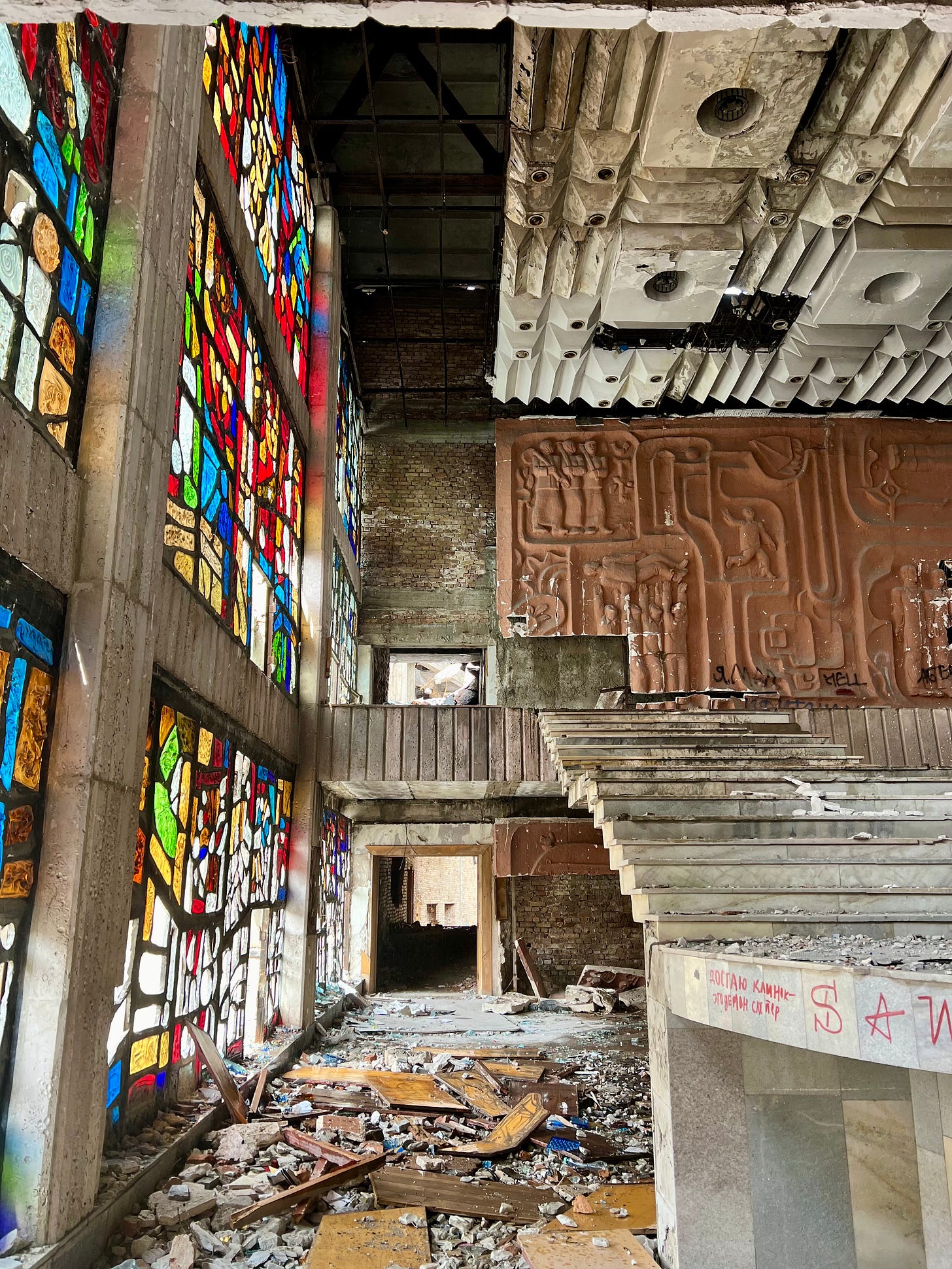
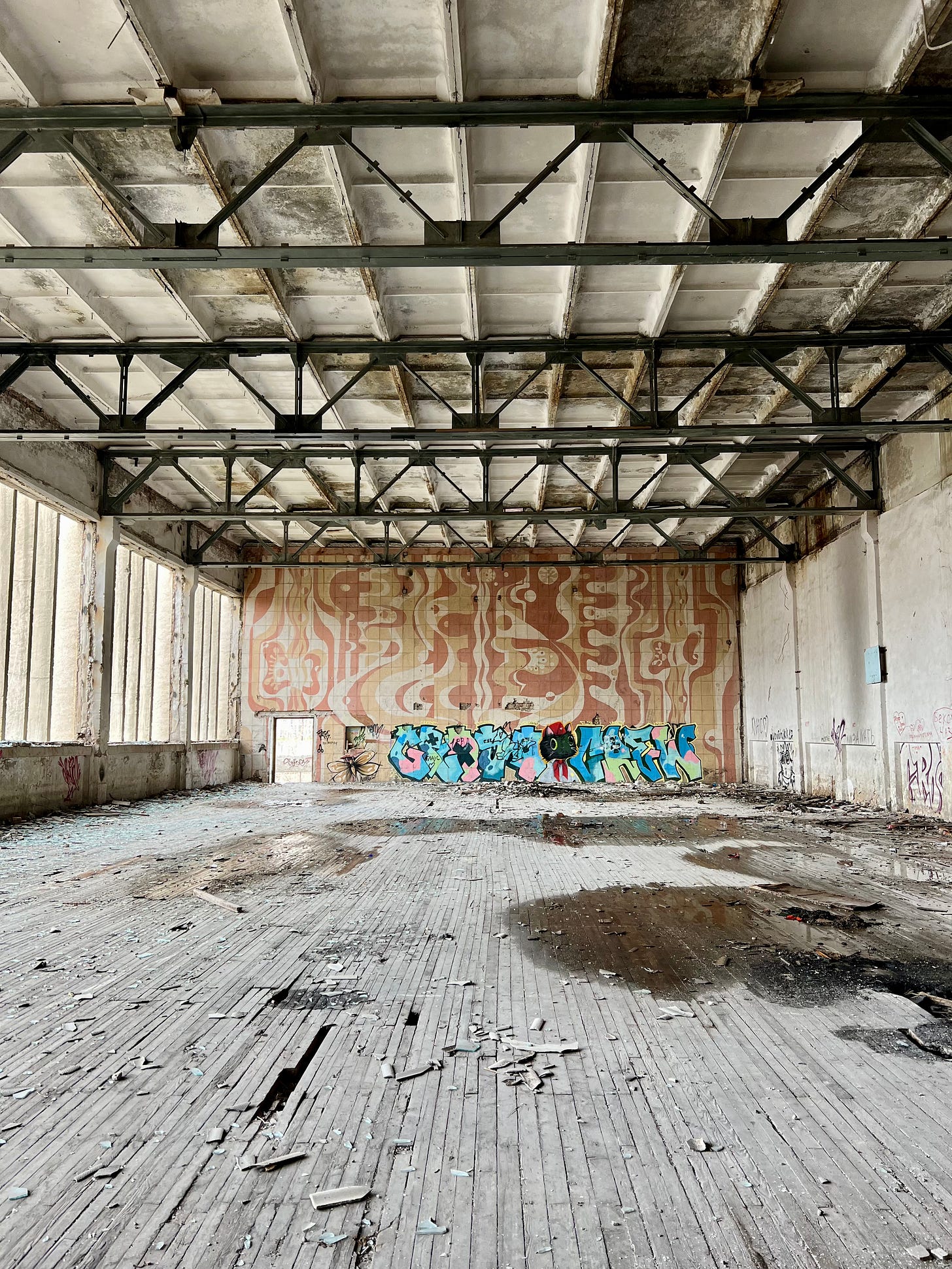

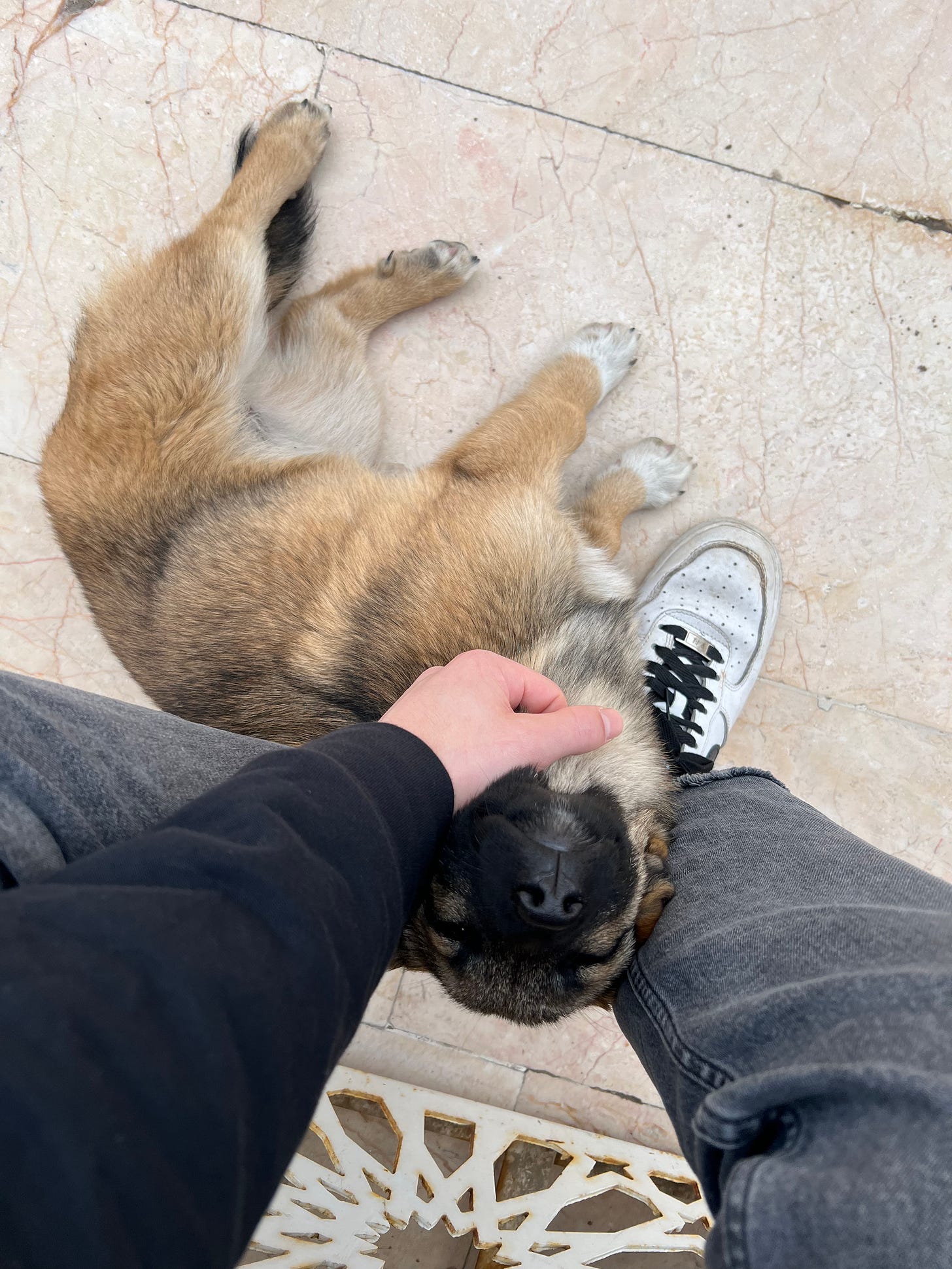
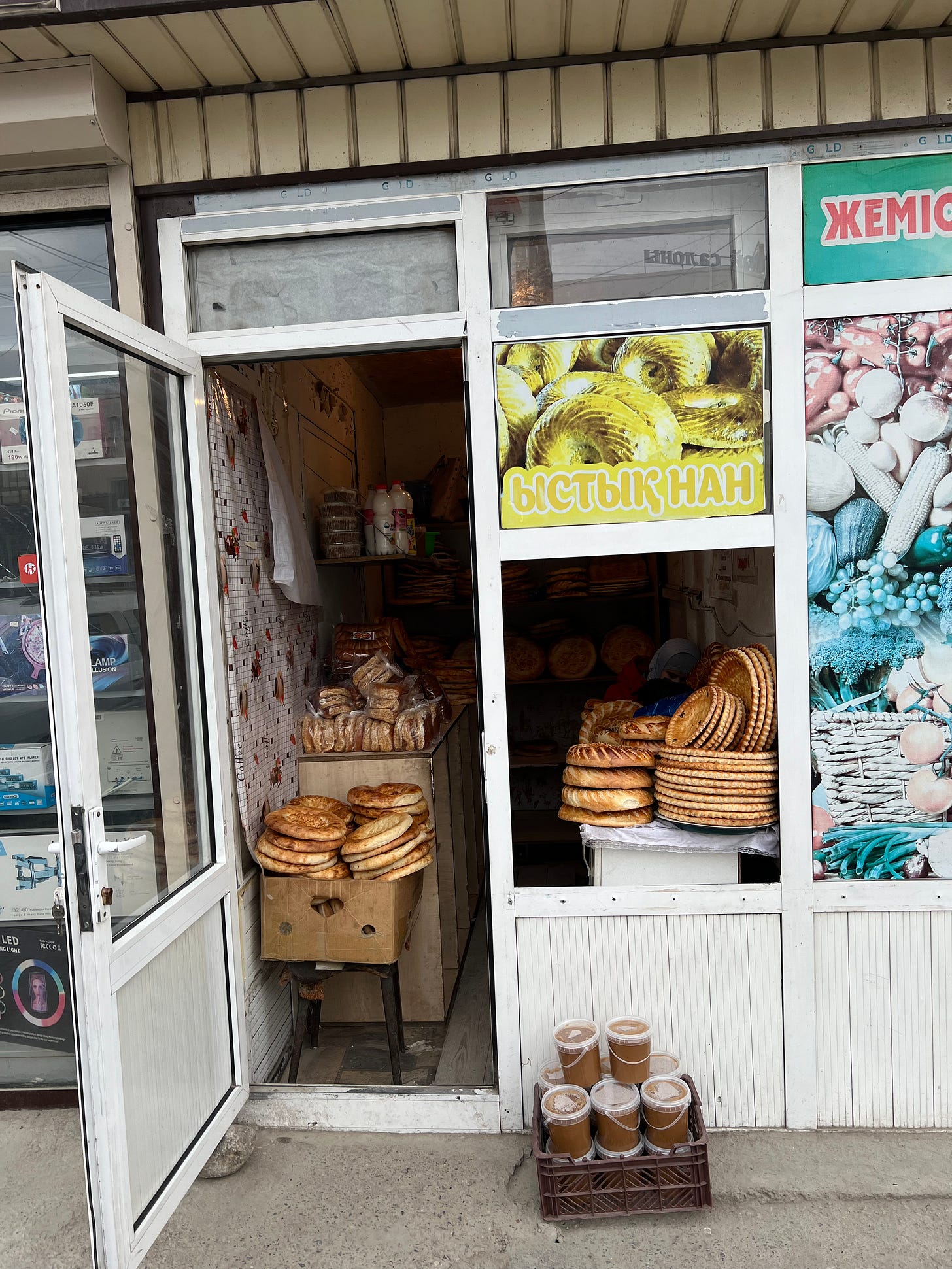
So many layers-- the ability to pay-off the guard, the culture houses, the Lenin bust. Woww!!
What an amazing adventure, Henry! You’re a great storyteller. I loved your tale of your quest to see the Soviet-era stained glass. What an interesting relic of that era.